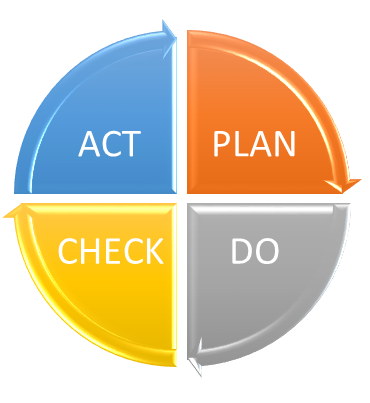News: KL-Lämpö awarded a Bronze Medal in the EcoVadis sustainability assessment
Quality Management System: ”Our approach is based on customer orientation”
08.03.2017
By Jonna Lehtinen, Technical assistant, KL-Lämpö Oy
When you ask someone ”What is quality?”, you can get many kinds of answers. Each of the answers encompasses some things that are typical of quality. It is a common knowledge that quality is based on customers’ needs, requirements and expectations towards the products and services of the organization. The quality is considered to be at a good level when the customer is feeling satisfied. The determination of quality depends entirely on the organization and its approach to the matter. In order to build long term customer relationships our company aims at recognizing and anticipating even the hidden needs and expectations of our customers.

”Our approach is based on customer orientation”
Sustainable business rests on reliability, customer satisfaction and continual improvement. ISO 9001 quality management system is an effective management system. It ensures that our organization is capable of supplying products and services which meet with our customers’ requirements. We started building our ISO 9001 quality management system four years ago in order accomplish a better business unity. We received the ISO 9001 certificate in 2014. In order to comply with the ISO 9001:2015 standards we started updating our system at the turn of the year 2016 and 2017. It is, however, very important to understand that quality management systems are only tools which facilitate the realization of the entity.
Our whole personnel are committed to building and updating the quality management system. They are entitled to question and to discuss how the tasks that have been assigned will benefit the organization, the customer, the team and lastly themselves. However, the functionality of the quality management system is always determined at a practical level.

We use PDCA cycle as a problem-solution model and as a development method. PDCA cycle is one of the most important tools in continual improvement, quality management and process development. PDCA is based on a revolving cycle. The first step is planning (plan) and the second is doing (do). Doing is followed by checking (check) what has been done. Finally the necessary corrections are made (act). After the corrections, the cycle continues by step one.
Our quality management system is based on continual improvement and responsible development of our business operations. Work safety, responsible action and working methods of our staff have to be optimally incorporated with quality management system.



